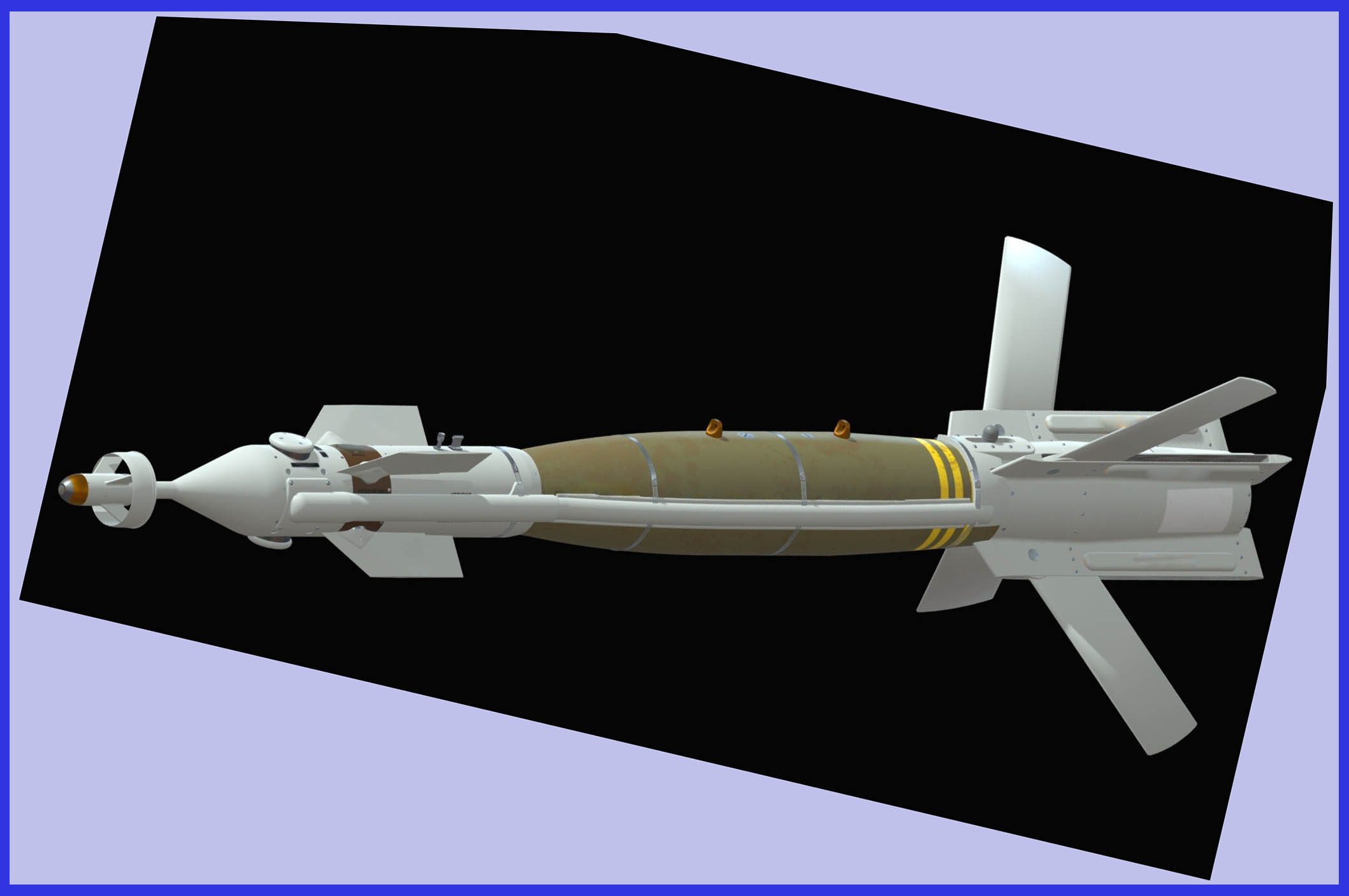Modern warfare has consistently demanded innovations that enhance accuracy and minimize collateral damage. In response, the Paveway Laser-Guided Bomb _ incorporates a cutting-edge guidance system to transform regular gravity bombs into precisely guided munitions. With its unusual seeker technology, the ingenious and incredibly affordable guided bomb has transformed bombing since it was first developed.
In the year 1964, Texas Instruments undertook a groundbreaking project aimed at the development of what would eventually evolve into the renowned Paveway line of laser-guided bombs. The initial phases of this ambitious endeavour culminated in the inaugural test conducted in April 1965, involving the utilization of an M117 bomb as the warhead. As time progressed, the evolution of this innovative weapon underwent substantial refinement, facilitated by the concerted efforts of two prominent U.S. arms manufacturers, namely Lockheed Martin and Raytheon. These distinguished companies are currently at the forefront of driving forward the continuous advancement of this sophisticated technology.
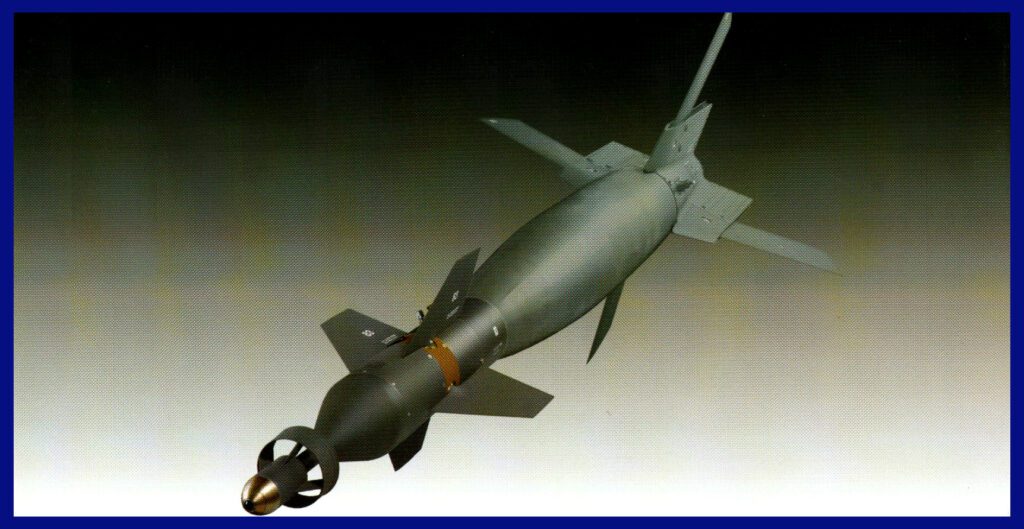
The Development Story of the Paveway LGB
In January 1967, the US Air Force sanctioned Project 3169 as the official engineering initiative tasked with advancing precision-guided munitions. Following this, in March of the same year, the US Air Force extended its contract with TI to undertake a comprehensive redesign of the M117 kit. This renewed agreement imposed an exceptionally demanding timeline, outlining the goal of deploying the redesigned kit for combat testing in the Vietnam War within a mere year. Assuming control of the program in August, the Guided Bomb Program Office at Wright-Patterson Air Force Base orchestrated its development. Concurrently, the Pave Way Task Force, an interagency collective, initiated the supervision of flight testing activities at Eglin Air Force Base starting in November.
The program at the time was divided into three sections:
- Paveway 1 – laser-guided munitions
- Paveway 2 – Rockwell International created the HOBO (“Homing Bomb”), an electro-optical guidance (TV) munition, of which 4,000 were finally made and 500 were used in combat.
- An infrared homing system called Paveway 3, was never used.
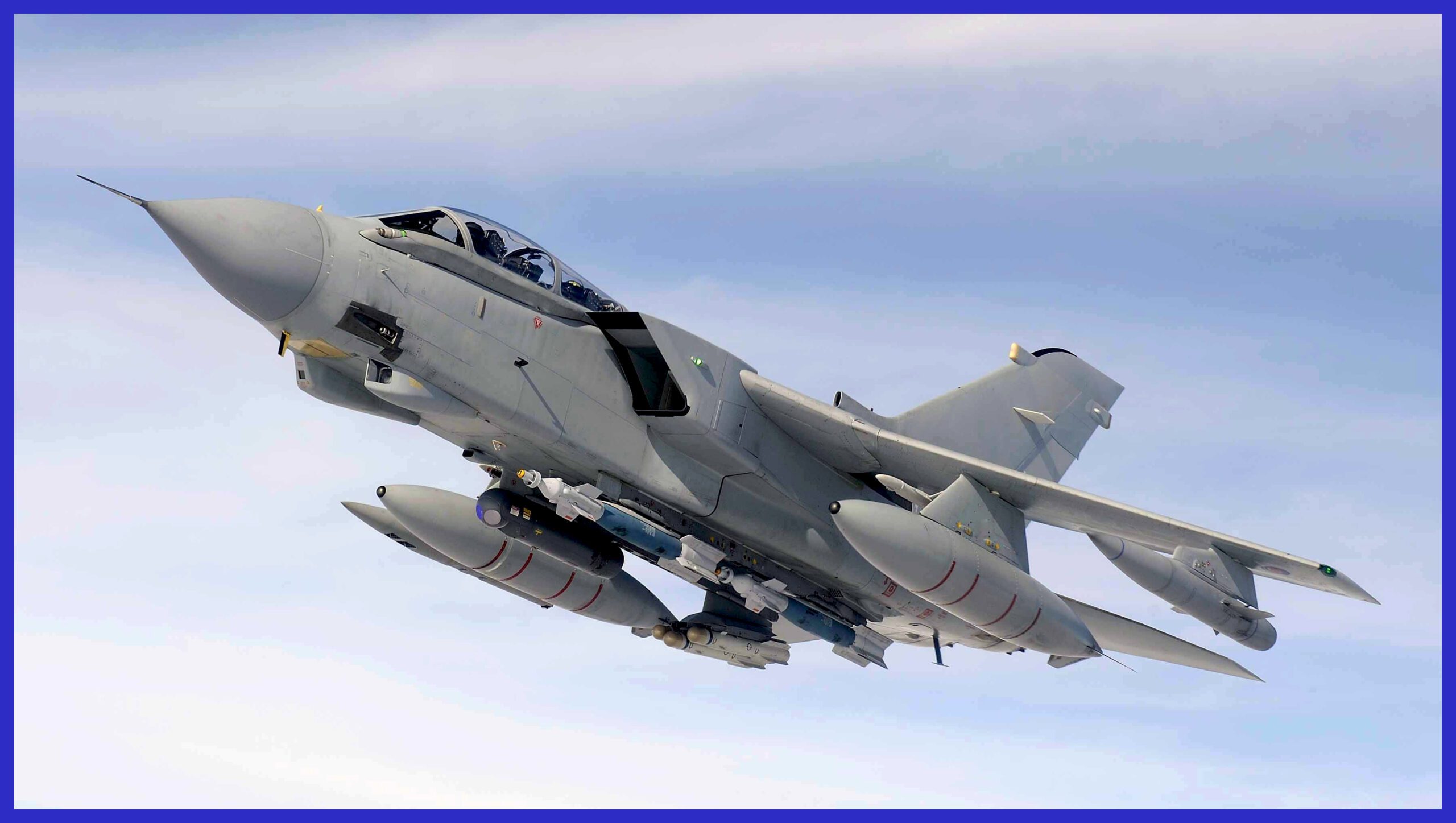
Paveway kits are composed of essential components such as a thermal battery, a pneumatic Control Augmentation System (CAS), a Semi-Active Laser (SAL) seeker, and a Computer Control Group (CCG). These components are designed to be affixed to different warheads. The inclusion of canards at the front and wings at the rear ensures the weapon’s stability during flight. The operational principle involves the utilization of reflected laser energy, which is then detected by the seeker. Subsequently, the canards are engaged by the system to steer the bomb accurately towards the intended target.
The enhanced Paveway II system, featuring a simplified and more reliable seeker along with pop-out rear wings aimed at enhancing glide performance, superseded the initial Paveway series, later termed Paveway I, during the early 1970s. Both Paveway I and Paveway II utilize a straightforward “bang-bang” control mechanism, where the Control Augmentation System (CAS) commands significant canard adjustments to rectify the course, resulting in a noticeable oscillation.
While this oscillation minimally affects accuracy, it rapidly depletes energy, consequently limiting effective range. Consequently, a large portion of Paveway I and Paveway II users adopt a ballistic trajectory for firing these munitions. They activate the laser designator after the weapon is already airborne to finely adjust its impact point, thus optimizing accuracy.

The Basic Operational Concept of the Paveway II LGB Involves the Following Steps:
- Target Acquisition: Before releasing the bomb, the aircraft’s targeting system or a designated ground observer identifies the target location and illuminates it with a laser designator. This laser beam acts as a guiding reference for the bomb.
- Laser Homing: The Paveway II bomb is equipped with a seeker head that detects and homes in on the laser spot created by the designator. The seeker continuously adjusts the bomb’s flight path to keep it aligned with the laser designation.
- Mid-course Corrections: The guidance fins on the Paveway II kit allow the bomb to make mid-course corrections based on the seeker’s inputs. This ensures that the bomb accurately follows the laser-marked target, even if the target or the aircraft’s position changes after the bomb is released.
- Terminal Guidance: As the bomb approaches the target, the laser designator keeps the laser spot precisely on the target. The seeker of the Paveway II bomb tracks this laser spot and guides the bomb to its final impact point.
- Impact: The Paveway II bomb’s guidance system ensures a high level of accuracy, resulting in a targeted and precise impact on the designated target, minimizing collateral damage and maximizing the mission’s success.
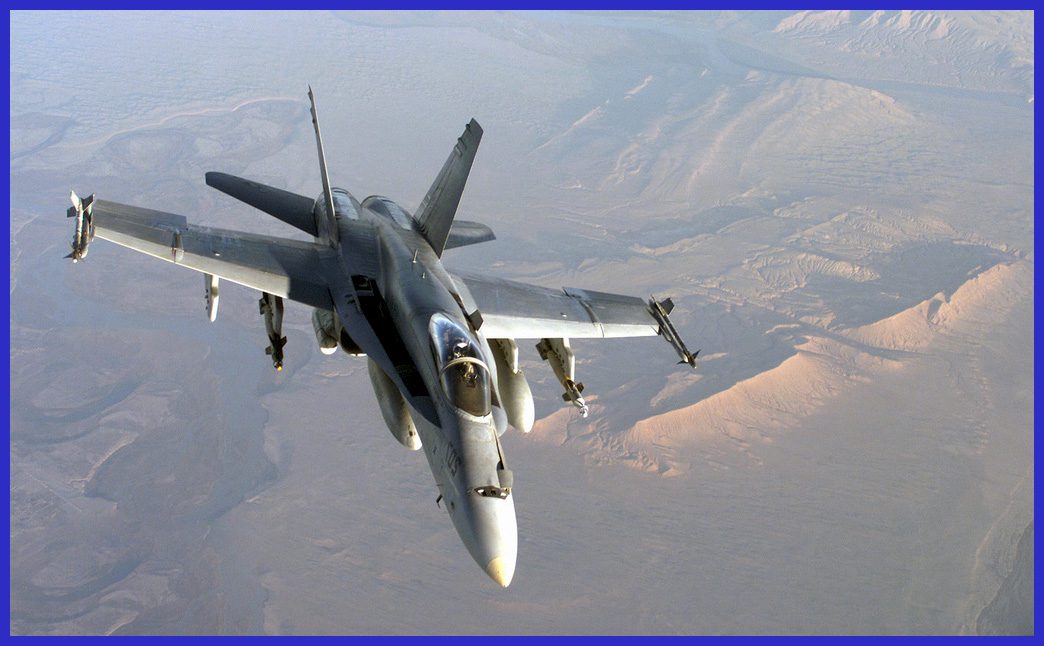
Variants of the Paveway LGB, as of 2023
The bombs of the Paveway series include:
- GBU-10 Paveway II – Mk 84 or BLU-109 2,000 lb (907 kg) bomb
GBU-12 Paveway II – Mk 82 500 lb (227 kg) bomb - GBU-12 Paveway II – Laser Guided Training Round ( for training purposes )
GBU-16 Paveway II – Mk 83 1,000 lb (454 kg) bomb - GBU-24 Paveway III – Mk 84/BLU-109 2,000 lb (907 kg) class bomb
GBU-27 Paveway III – BLU-109 2,000 lb (907 kg) bomb with penetration warhead, specially designed for F-117 Nighthawk because the large fins of GBU-24 couldn’t fit into the bomb bay of F-117.
GBU-28 Paveway III – In the course of the Gulf War, it became apparent that the BLU-109/B penetrator warhead was insufficient to breach the most heavily fortified and deeply entrenched Iraqi bunkers. In response, an even more potent “bunker buster” variant, the GBU-28, was devised. The most recent warhead integrated into the GBU-28/B series is the BLU-122/B, which builds upon the foundation of the earlier BLU-113 used in the initial GBU-28 models.
Paveway IV – 500 lb (227 kg) bomb

Main Points of the Most Successful & Widely Used Paveway II LGB and Paveway II DMLGB
- Flight tested, and cleared on all aircraft currently qualified to carry Paveway II kits
- Provides a competitive source for LGB
- No change of aircraft software, ballistic tables or operational tactics required
- No change to LGB integrated logistics support required
- Precision strike leads to one bomb, one target with fewer sorties, increased survivability, decreased attrition, lower costs, and lower risk of collateral damage
- Single computer control assembly digital guidance design, which increases reliability, lowers the cost and minimises the near-term obsolescence of the weapon
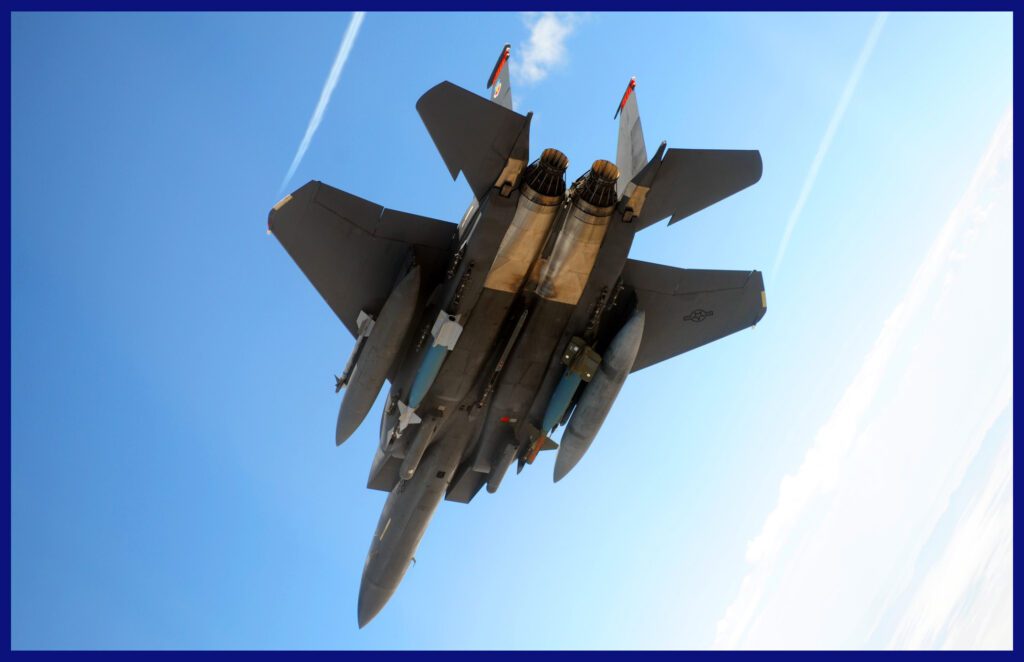
Paveway II Laser Guided Bomb (LGB) Specifications
- Weight: GBU-10 _ 943 kg I GBU-12 _ 272 kg I GBU-16 _ 495 kg
- Length: GBU-10 _ 14 ft I GBU-12 _ 11 ft I GBU-16 _ 12 ft
- Diameter: GBU-10 _ 18in I GBU-12 _ 11 in I GBU-16 _ 14 in
- Warhead: High Explose Warhead
- Guidance: Semi-active Laser for all three
- Controls: Pneumatically Actuated for all three
- Shelf Life: 10 years for all three
- Launch Platform: All NATO aircraft are designed to operate this. However, as per reports, this weapon is also integrated with the Indian Origin Tejas Multirole fighter.

Specifications of the Paveway II, Dual Mode Laser Guided Bomb (DMLGB)
Modern iterations of the Paveway bomb incorporate global positioning and inertial navigation system functionalities. This innovation seamlessly merges the all-weather proficiency of GPS guidance with the precision and versatility inherent in traditional laser-guided ordnance. Consequently, this amalgamation leads to a reduction in the count of sorties and the arsenal volume, while concurrently elevating the rate of mission success.
This system integrates Semi-Active Laser (SAL) seeker technology with GPS/INS navigation, significantly enhancing accuracy and mission capacity within the framework of pre-existing weapon configurations. Both of these technologies are well-established, and cost-effective, and have demonstrated their effectiveness in actual combat scenarios. The Paveway II airframe is equipped with provisions for both a Computer Control Group (CCG) and an Airfoil Group (AFG), designed to accommodate warheads weighing 500, 1000, and 2000 lbs.
- Weight: GBU-10 _ 943 kg I GBU-12 _ 272 kg I GBU-16 _ 495 kg
- Length: GBU-10 _ 14 ft I GBU-12 _ 11 ft I GBU-16 _ 12 ft
- Diameter: GBU-10 _ 18in I GBU-12 _ 11 in I GBU-16 _ 14 in
- Warhead: High Explose Warhead
- Target Types: High-priority fixed and relocatable and mobile targets
- Guidance Methods: Semi-Active Laser ( SAL ) terminal Guidance & GPS-aided inertial ( all weather )
- Employment Modes: Laser only, all-weather dual mode
- Impact Accuracy: Laser only: 15 ft to 30 ft CEP ( circular error probability ) performance
- Mission Planning: Similar to existing LGB and JDAM planning methods and tools
- Launch Platform: All NATO aircraft are designed to operate this

Moreover, seize this exclusive opportunity to acquire the exquisite 1/72 scale premium die-cast models of the formidable Lockheed Martin F-16C and Israeli F-16I (Sufa) Fighting Falcon, armed with Paveway LGB. These remarkable and iconic military jets, widely acclaimed as the epitome of advanced interceptors with an impeccable track record, are now available for purchase on AirModels with worldwide delivery. Do not let this chance slip away to own these exceptional and meticulously crafted models that flawlessly encapsulate the essence of aviation history. Click here now to secure your piece before the limited stock is depleted.
In conclusion, in the realm of modern warfare, the Paveway II Laser Guided Bomb stands as a shining example of technological innovation that bridges the gap between precision and power. By converting conventional unguided bombs into surgical instruments of destruction, the Paveway II system has redefined the landscape of air-to-ground engagements. Its integration of laser-seeking technology and guidance systems empowers aircraft to strike high-value targets with unparalleled accuracy, mitigating collateral damage and safeguarding civilian lives.
As a force multiplier, the Paveway II LGB epitomizes the marriage of cutting-edge engineering and strategic foresight, enabling military forces to achieve their objectives with unwavering precision. In an era where minimizing unintended consequences is paramount, the Paveway II LGB remains an embodiment of responsible and effective military prowess.

Important Announcement for Our Valued Readers!
After an article is published, it is possible that updates or changes may have occurred beyond the time of publication. Therefore, it is important to be aware that certain information in the article might be outdated. To ensure the most accurate analysis, it is highly recommended to verify the content with the latest sources available.
However, we are dedicated to delivering outstanding articles on military products and global updates. Maintaining quality and smooth operation requires resources. Your support sustains our efforts in providing insightful content. By purchasing high-quality products through our affiliated links, you help us keep our platform alive and acquire top-notch items. Your unwavering support is invaluable and inspires us to strive further.
We welcome your suggestions and requests for more information, as we value feedback from our readers. If there’s specific defence material or equipment not covered on our site, please share your request in the comments. We’ll strive to research and provide the required information. We sincerely thank you for your unwavering interest in our website, and we eagerly anticipate hearing from you! Enjoy your reading experience!
